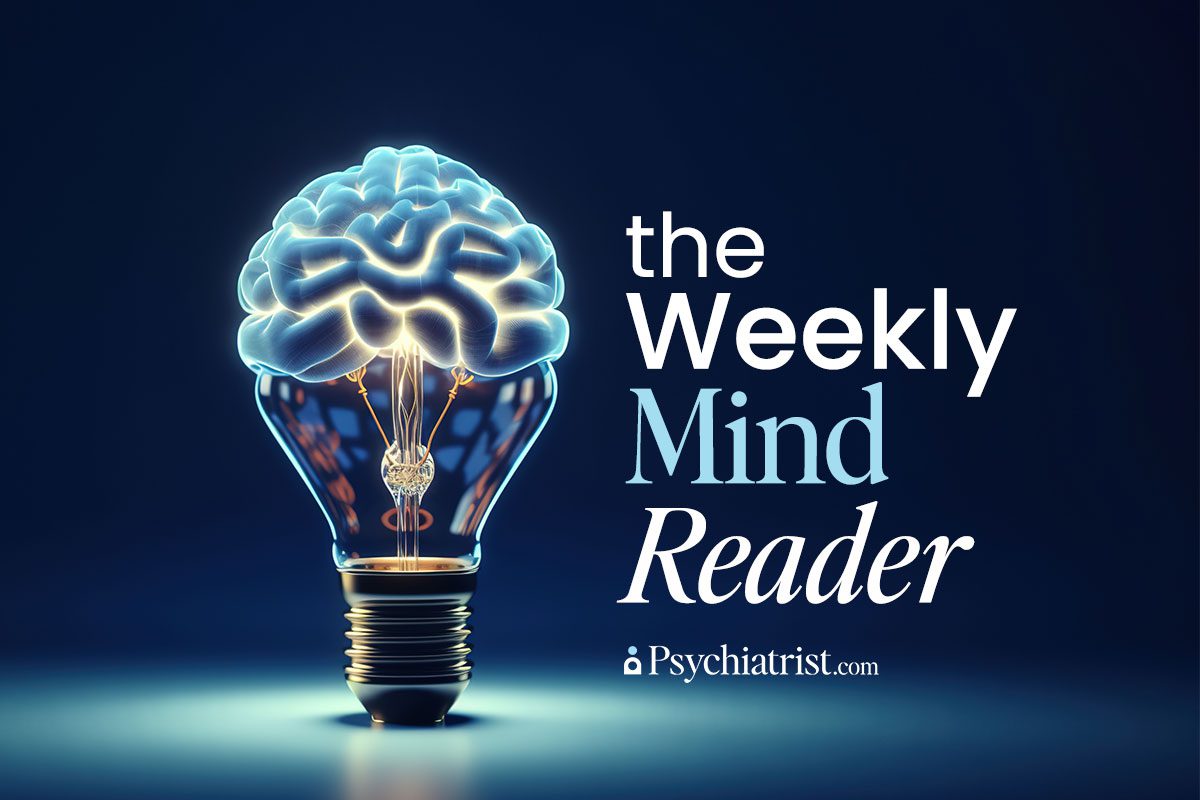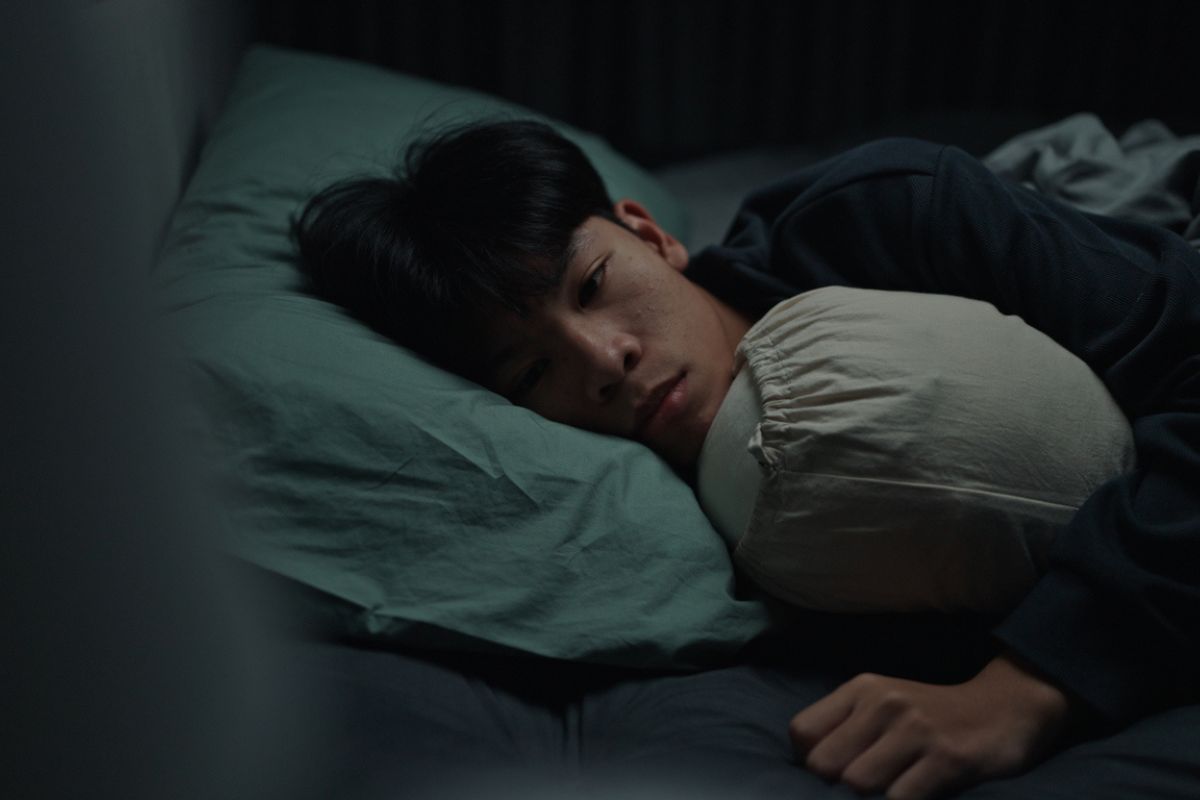The latest Weekly Mind Reader includes a look at Canada’s insomnia treatment crisis, a case report assessing decisional capacity in an HIV patient, and what the bridge symptoms between BPD and PTSD might mean.
And Treating It.
Insomnia, a common sleep disorder, haunts somewhere between 9 percent and 13 percent of Canadians. Aside from the obvious annoyance of lying in bed awake as the hours crawl by, insomnia poses notable health risks, such as heightened vulnerability to disease, elevated mortality rates, and overall lower quality of life. Middle-aged women are the most vulnerable.
It also presents a sizable economic threat since insomnia-related healthcare costs in North America top out at around $100 billion annually.
The vast majority of caregivers rely on cognitive behavioral therapy for insomnia (CBT-I) as the primary treatment option. And they typically pair it with dual orexin receptor antagonists (DORA) or nonbenzodiazepines (Z-drugs).
Even so, concerns persist about the long-term safety of these drugs. Health Canada-approved drugs such as lemborexant, suvorexant, and daridorexant have shown promise. But legacy treatments, including benzodiazepines (BZDs) and Z-drugs, remain popular. And they still present risks, such as addiction, motor impairment, and respiratory depression.
This conflicted environment has spawned a rise in inappropriate medication use, including over-prescriptions and growth in the lingering dependence on sedative-hypnotics. This is especially troublesome for older patients, where this abuse can lead to falls, fractures, and even fatalities.
Tackling this crisis could ease the burden on the healthcare system, there’s a dearth of research on Canadian insomnia treatments. A new study – appearing in The Journal of Clinical Psychiatry – sought to shed light on this problem. A group of researchers decided to pull numbers from private and public databases between 2018 and 2020. The firs thing they noticed was that most patients prescribed insomnia medications were women. And roughly 70 percent were between 18 and 64.
A notable segment of these patients exhibited polypharmacy, with inappropriate medication use climbing consistently throughout the study period. Extended use of BZDs and Z-drugs emerged as the most common problem, especially with seniors. For example, inappropriate use accounted for 55.8 percent of the $57.7 million spent on insomnia drugs in 2020.
The researchers also stressed the need for better compliance with established guidelines, more robust treatment options, and more diligent monitoring, especially for senior patients. It highlights a gap in real-world evidence on insomnia management in Canada and calls for more effective and safer treatments, alongside awareness and educational initiatives to address improper drug use.
IN OTHER PSYCHIATRY AND NEUROLOGY NEWS
- The Primary Care Companion for CNS Disorders published a case report that highlights the challenges of assessing decisional capacity in an HIV patient.
- JCP original research looks at the bridge symptoms between BPD and PTSD and what we can learn from them.
- PCC published a case report that describes a transient cola addiction in a 27-year schizophrenia patient.
- A look at how adjacent consent undermines sexual assault reporting.
- Finally, catch up on the latest installment in our series on PTSD.



